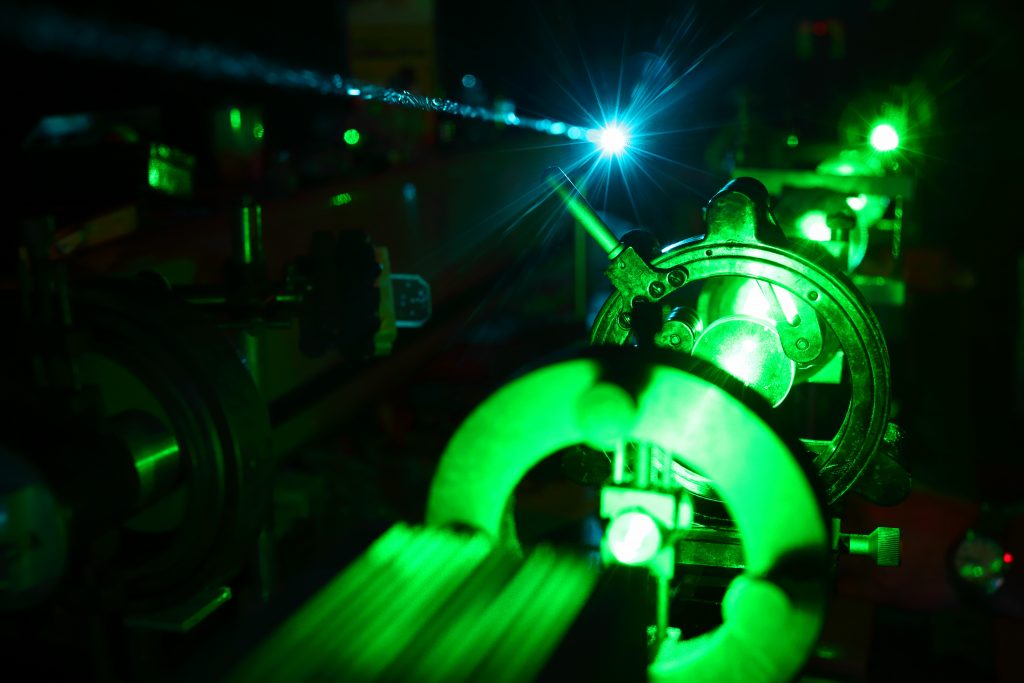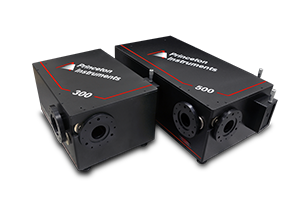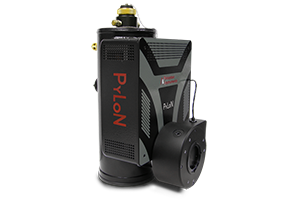Tom Vosch
Scientific Reports
Photon Energy Dependent Micro-Raman Spectroscopy with a Continuum
Laser Source
Introduction
Raman spectroscopy typically requires precise, stable and narrow band light sources to produce well defined and sharp spectral features. Therefore, emission lines from gas lasers are often used as excitation sources. However, it can be important to continuously tune the excitation wavelength. For example, some materials like carbon nanotubes, quantum dots or nanowires show resonant Raman features where the scattering intensity is strongly enhanced when exciting at exactly the right wavelength. Also, some Raman features can show energy shifts when the excitation source energy changes like the so-called D band lines in graphene materials.

While typically the energy shift in Raman scattering is roughly independent of excitation energy the D bands involve influence of defects which allows for the shift of the Raman energy.
Researchers from the lab of Tom Vosch have developed a continuous filter system based using monochromator as tunable filters and to detect the Raman scattered light. They describe how they implemented the system and synchronized movement of several system components to create a continuously tunable source using a supercontinuum laser for light input. They demonstrate the validity of their system by observing the behavior of the well understood Raman lines of graphene.


